Why You Should Earn Extra Income to Improve Your Financial Stability
The Benefits of Multiple Income Streams in Today’s Economy
In an era of economic unpredictability, relying on a single paycheck feels increasingly risky. Developing additional ways to earn extra income creates a financial safety net that can prove invaluable during unexpected downturns. When one income source takes a hit—whether from reduced hours, industry changes, or company restructuring—your alternative streams continue flowing, reducing your vulnerability to sudden financial shocks.
Beyond basic protection, multiple income streams give you breathing room that a single salary often can’t provide. This financial flexibility means you can handle surprise expenses without automatically reaching for credit cards. An extra $500-$1,000 monthly can transform your household budget from constantly stretched to comfortably manageable. Many people report that this buffer reduces financial anxiety significantly, even when the supplemental income isn’t substantial.
Perhaps most compelling is how side income accelerates your progress toward meaningful financial goals. Whether you’re building an emergency fund, paying down debt, saving for a home down payment, or boosting retirement contributions, that additional money makes a dramatic difference when consistently applied. A side hustle generating just $300 weekly adds up to $15,600 annually—enough to fully fund a Roth IRA and still have money left for other priorities.
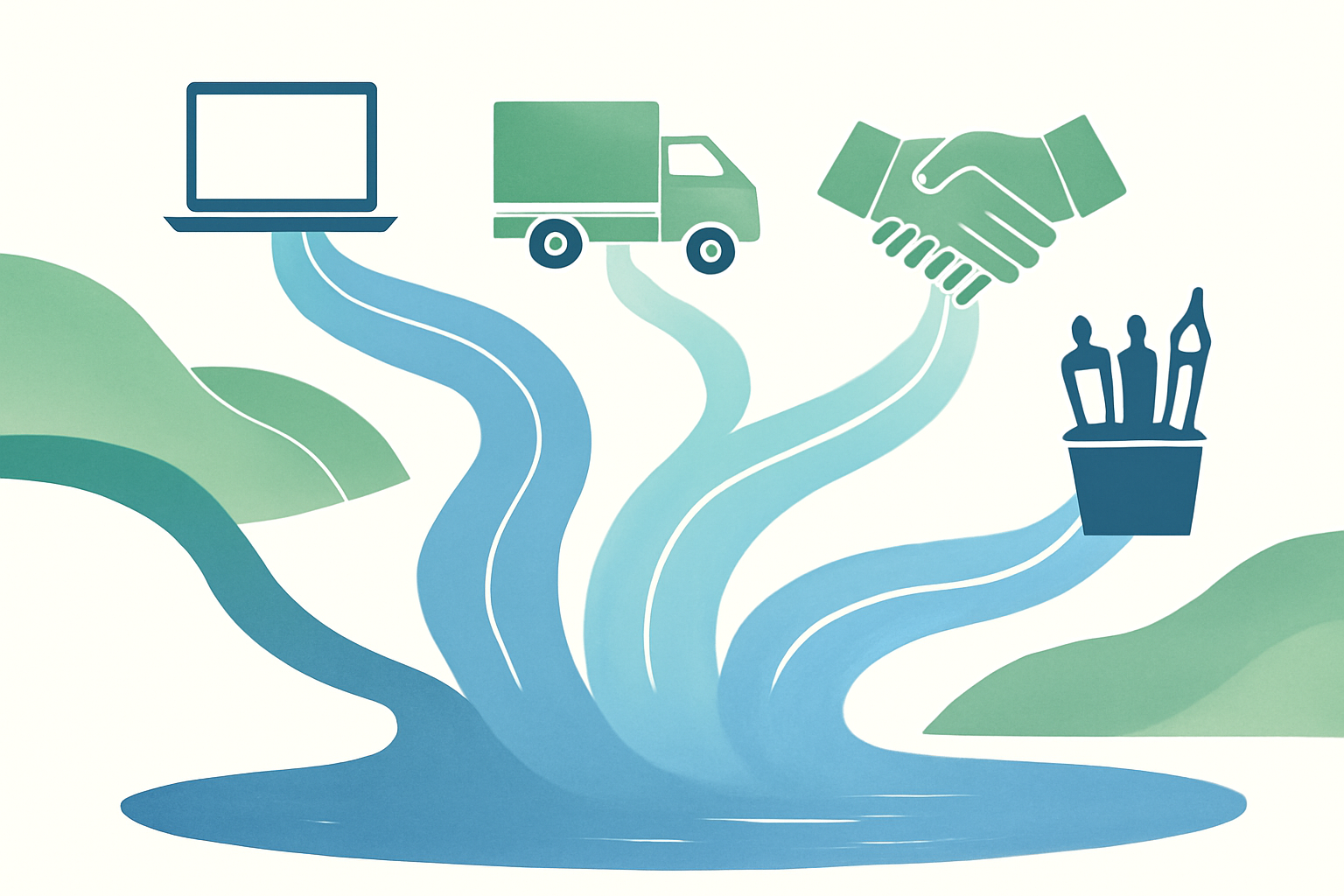
Earn Extra Income: Setting Realistic Expectations for Time, Energy and Income Potential
Before diving into side hustles, understand that the relationship between time invested and money earned varies dramatically. Some opportunities offer high hourly rates but limited availability, while others provide unlimited earning potential but require significant upfront work before generating returns. Digital products like online courses might demand 100+ hours of creation but eventually produce income with minimal ongoing effort.
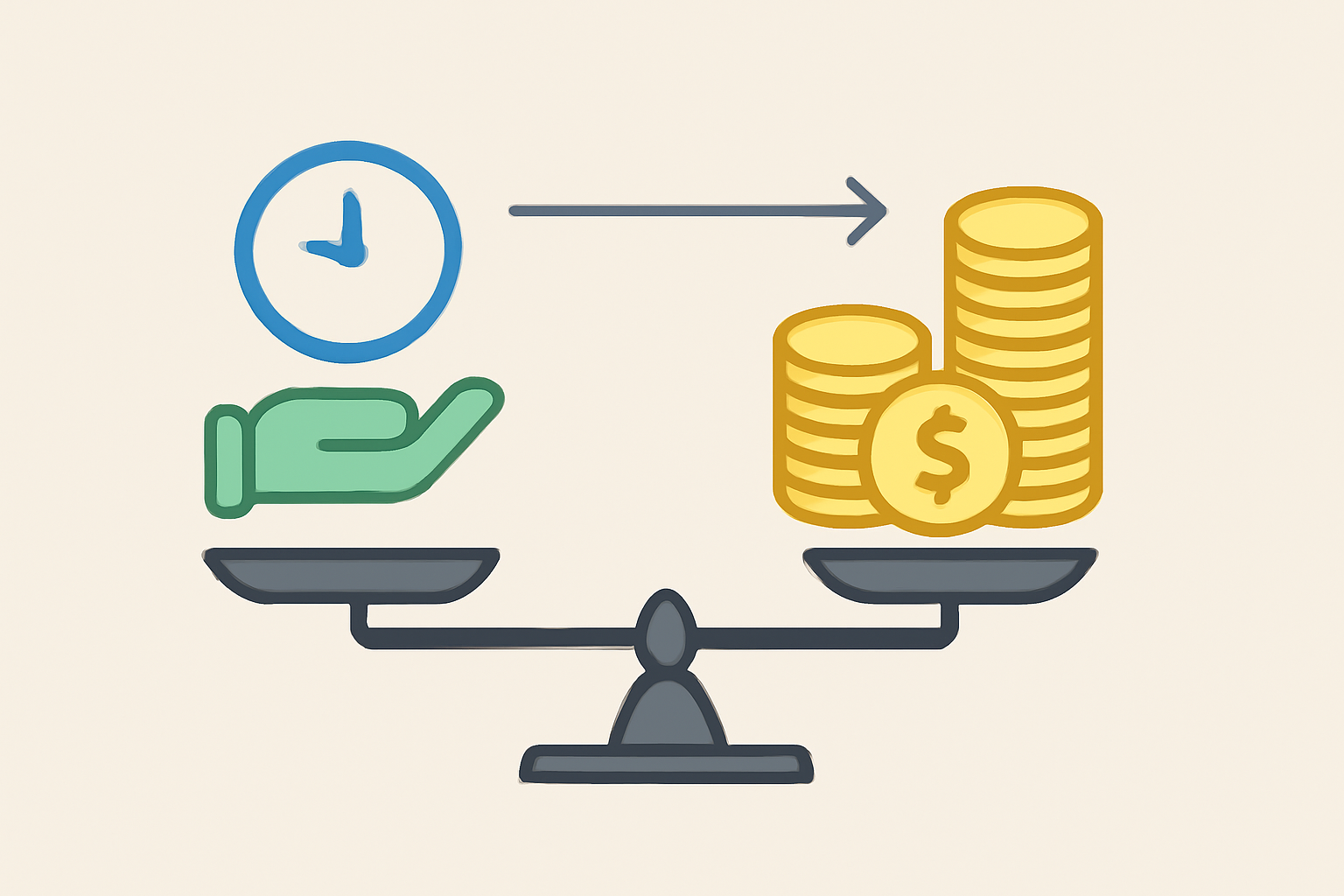
In contrast, freelance work typically pays immediately but requires your active time for every dollar earned.
Balancing extra income pursuits with your main job demands intentional boundaries. The goal is supplemental income that enhances your life, not a second full-time job that burns you out. Start by identifying 5-10 weekly hours you can realistically commit without compromising your primary employment or essential personal time. Many successful side hustlers work during early mornings, evenings after kids’ bedtimes, or dedicated weekend blocks.
When beginning, set modest monthly targets—perhaps $200-$500—and scale gradually. This approach builds confidence while preventing discouragement. Remember that most profitable side ventures take 3-6 months to gain traction, so patience pays off.
Legal and Tax Considerations When Earning Extra Income
Before launching any side hustle, review your employment contract carefully. Many companies include “moonlighting clauses” restricting outside work, particularly with competitors or during company time. Violating these terms could jeopardize your primary income source.
Tax obligations change significantly when you earn extra income. Self-employment taxes apply to side income exceeding $400 annually, covering both the employee and employer portions of Social Security and Medicare taxes (approximately 15.3%). This surprises many first-time side hustlers who haven’t budgeted for this additional tax burden.
Maintain simple but consistent records from day one. Track all business-related income, expenses, mileage, and home office usage. Digital tools like Wave (free) or QuickBooks Self-Employed can streamline this process. Good record-keeping not only ensures tax compliance but also helps you identify which income streams deserve more of your limited time based on actual profitability.
Earn Extra Income by Freelancing Your Professional Skills
Discover Marketable Skills and Experience That Help You Earn Extra Income
You likely already possess valuable skills that others would pay for. Start by making a list of everything you do in your current job – those tasks you complete with ease could be your ticket to earn extra income. For example, if you routinely create presentations that colleagues praise, presentation design might be your marketable skill.
Look beyond obvious job duties too. Do you excel at explaining complex concepts? Are you the go-to person for proofreading team emails? These “soft skills” translate well to freelance opportunities.
Next, research which of your skills are in demand. Platforms like Upwork publish quarterly skills indexes showing which talents command premium rates. Currently, technical skills like programming and data analysis rank high, but don’t discount content creation, customer service expertise, or project management abilities.
To identify your most profitable offerings, try these approaches:
- Take skills assessment tests on freelance platforms
- Use LinkedIn’s skills endorsement feature to see what others value in you
- Try the Clifton StrengthsFinder or similar talent assessment tools
- Review job postings similar to yours and note which skills employers prioritize
Pay attention to the intersection of what you’re good at, what you enjoy, and what the market needs. This sweet spot is where you’ll find sustainable freelance success.

Set Up Your Freelance Presence on Top Platforms to Earn Extra Income
Once you’ve identified your marketable skills, create profiles on platforms where potential clients gather. Upwork, Fiverr, and Freelancer are excellent starting points.
Your profile should highlight specific experiences and capabilities rather than general statements. Instead of “I’m a good writer,” say “I’ve written over 50 internal newsletters that increased employee engagement by 22%.”
When setting prices as a beginner, research competitor rates but consider starting slightly lower to build reviews. A common strategy is charging 70-80% of the market rate until you’ve completed 5-10 projects with positive feedback. As your reputation grows, gradually increase your rates to match or exceed market standards.
Don’t have previous freelance work? Create samples specifically for your portfolio. If you’re a writer, draft articles in your target niche. For designers, remake logos of existing brands. For programmers, contribute to open-source projects or build simple apps that showcase your skills.
Managing Freelance Work Alongside Full-Time Employment
Successful side-hustlers master the art of time management. Block specific time slots for freelance work—perhaps 7-9 PM weeknights or Sunday mornings—and protect these times religiously. Tools like Google Calendar or TickTick help visualize your availability.
When communicating with clients, be transparent about your availability without mentioning your full-time job. Instead of saying “I’m only available evenings,” try “My dedicated work hours for your project are 7-9 PM weekdays.” Always build buffer time into deadlines to account for unexpected overtime at your primary job.
For project management, tools like Trello or Asana help track deadlines and deliverables. Time-tracking apps like Toggl help monitor how long tasks take, allowing you to price future projects more accurately and earn extra income more efficiently.
High-Demand Freelance Skills That Pay Well for Limited Hours
Content creation remains one of the most accessible high-paying freelance fields. Writing blog posts, social media content, or email newsletters can earn $25-75 per hour even for beginners. Specialized writing for technical or financial industries can command $100+ hourly.
Web development offers excellent returns for limited time investments. Small projects like bug fixes, plugin customization, or landing page creation often pay $50-150 per hour and can be completed in evenings or weekends.
Virtual assistance has evolved beyond basic administrative tasks. Specialized VAs handling social media management, podcast production, or email marketing often earn $20-45 hourly with flexible scheduling perfect for after-work hours.
Other in-demand skills include video editing, voice-over work, translation services, and data analysis—all offering pathways to earn extra income without leaving your day job.
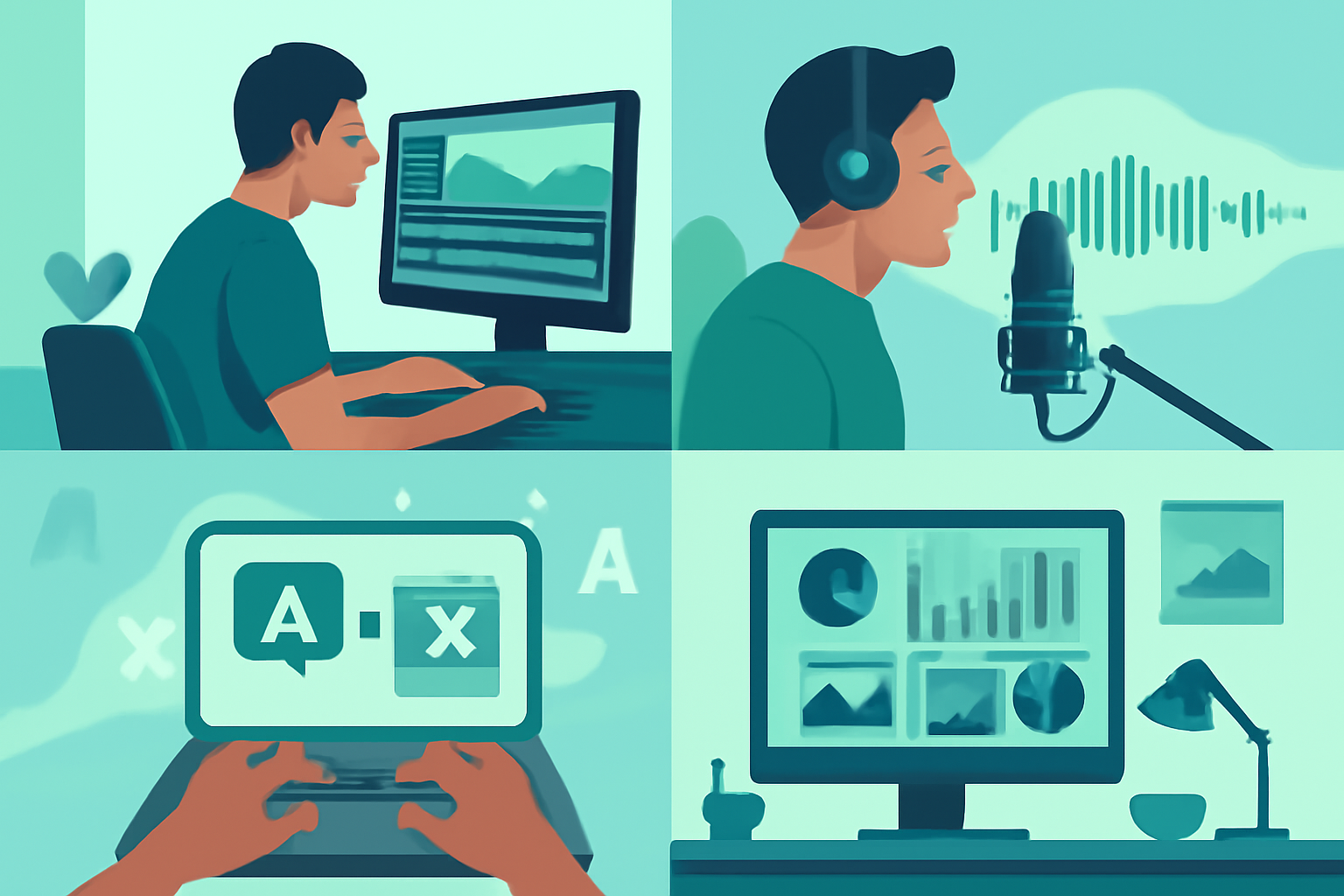
Building Passive Income Through Digital Products
Creating and Selling Digital Products with Low Startup Costs
Imagine making money while you sleep. That’s the appeal of digital products—they let you earn extra income without trading more of your limited time. Unlike physical products, digital items don’t require inventory management or shipping logistics.
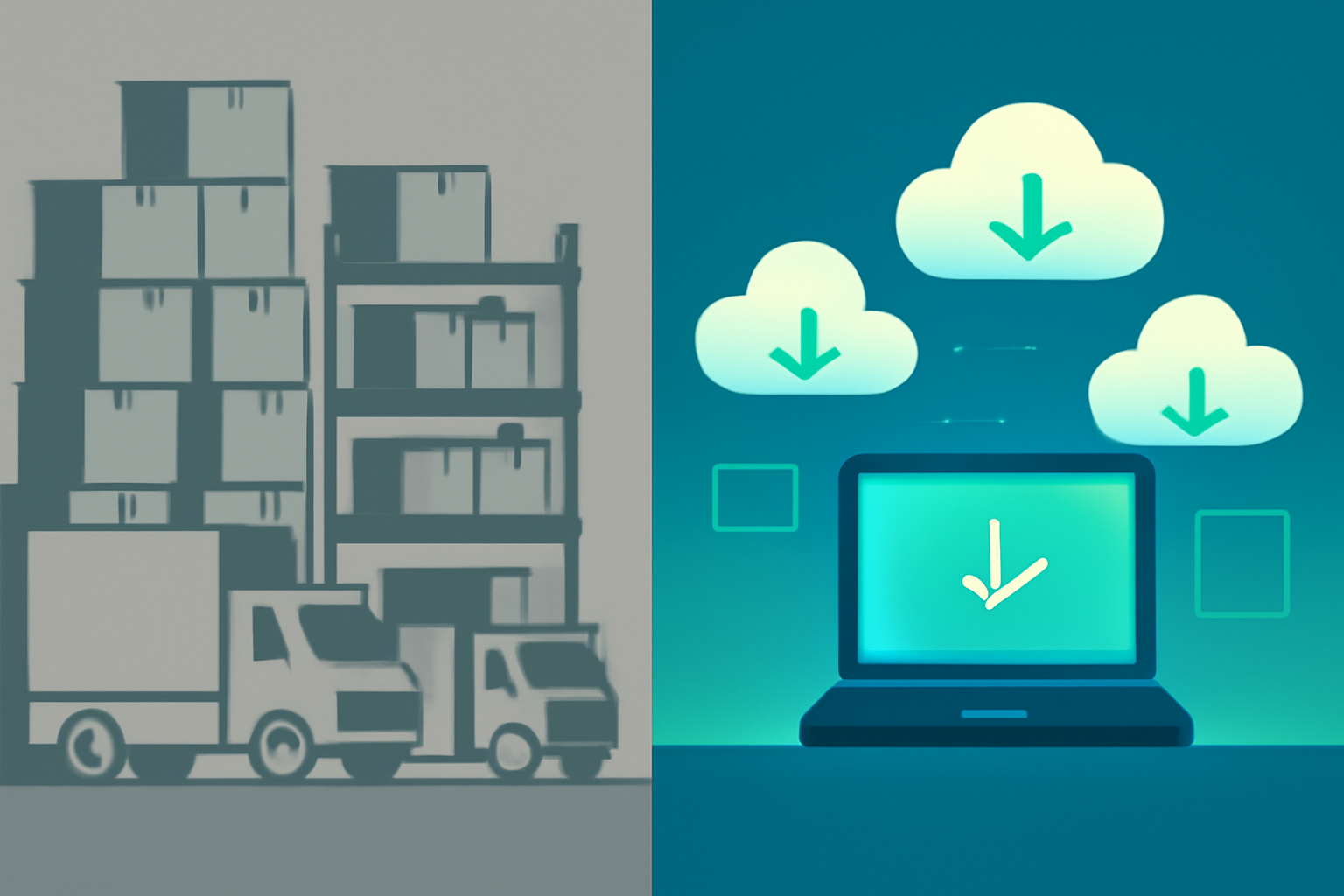
E-books are perfect first projects for beginners. You don’t need to write a 300-page novel; even a 30-page guide solving a specific problem can sell well. For example, a “10-Minute Meal Prep Guide for Busy Professionals” could appeal to working parents. Free tools like Canva and Google Docs make creation straightforward, and platforms like Amazon KDP and Gumroad handle distribution with minimal fees.
Printables and templates offer another low-barrier entry point. Whether it’s budget trackers, meal planners, or resume templates, people gladly pay for time-saving resources. A single well-designed wedding planning template could sell hundreds of times with zero additional work after creation.
Even without coding skills, you can create digital products using user-friendly platforms:
- Canva for graphic design templates
- Convertkit for email newsletter templates
- Elementor for WordPress page templates
- Notion for productivity and organization systems
Time-wise, most digital products require 20-40 hours of upfront work, but can generate income for years afterward. The math becomes compelling: a $15 product that sells just twice weekly generates over $1,500 annually with minimal maintenance.
Monetizing Knowledge Through Online Courses
Your job skills likely contain teachable knowledge others would pay to learn. The trick is identifying specific problems you can solve through teaching. A marketing manager might create “Instagram Stories That Convert for Small Businesses,” while an executive assistant could offer “Inbox Zero: Email Management for Professionals.”
Platform selection impacts both your workload and profits:
- Udemy: Larger audience but lower pricing (typically $15-25) and 50% commission on most sales
- Teachable: Complete control over pricing (average $100-200) but 5-10% platform fees plus monthly costs
- Podia: All-in-one solution with no transaction fees beyond the monthly subscription
For first-time creators, start with a mini-course (30-60 minutes of content) to test your market before investing in a comprehensive program. Use your existing network for initial feedback and sales—personal recommendations drive early adoption before reviews accumulate.
Passive Income Through Affiliate Marketing and Content Creation
Affiliate marketing lets you earn extra income by recommending products you already use and love. The key is creating valuable content around topics where product recommendations feel natural, not forced.
A blog about home office setups could naturally feature ergonomic chair reviews with Amazon affiliate links. A YouTube channel teaching guitar might recommend beginner instruments through Guitar Center’s affiliate program. The most successful content creators solve problems first and make recommendations second.
Finding relevant programs is straightforward:
- Make a list of products you genuinely use and recommend
- Check if they offer direct affiliate programs
- Join networks like Amazon Associates, ShareASale, or CJ Affiliate for broader options
Realistic Timeline for Passive Income Development
Passive income requires patience. Most digital entrepreneurs follow this timeline:

First 3 months: Create your first 1-2 products, set up selling platforms, and establish basic marketing channels. Expect minimal sales while building foundations.
Months 3-6: Focus on visibility—guest posting, podcast interviews, social media consistency. Sales typically begin trickling in as awareness grows.
6+ months: Analyze performance data to optimize pricing, marketing channels, and product offerings. Most successful creators report hitting sustainable income around the 9-12 month mark.
Remember that “passive” doesn’t mean “no work”—it means frontend-loaded work with diminishing maintenance requirements over time. Start small, be consistent, and focus on solving genuine problems to maximize your passive income potential.
Offering On-Demand Services Through Apps and Platforms
Flexible Gig Economy Opportunities with Low Barriers to Entry
The gig economy has created incredible opportunities to earn extra income without lengthy application processes or specialized credentials.
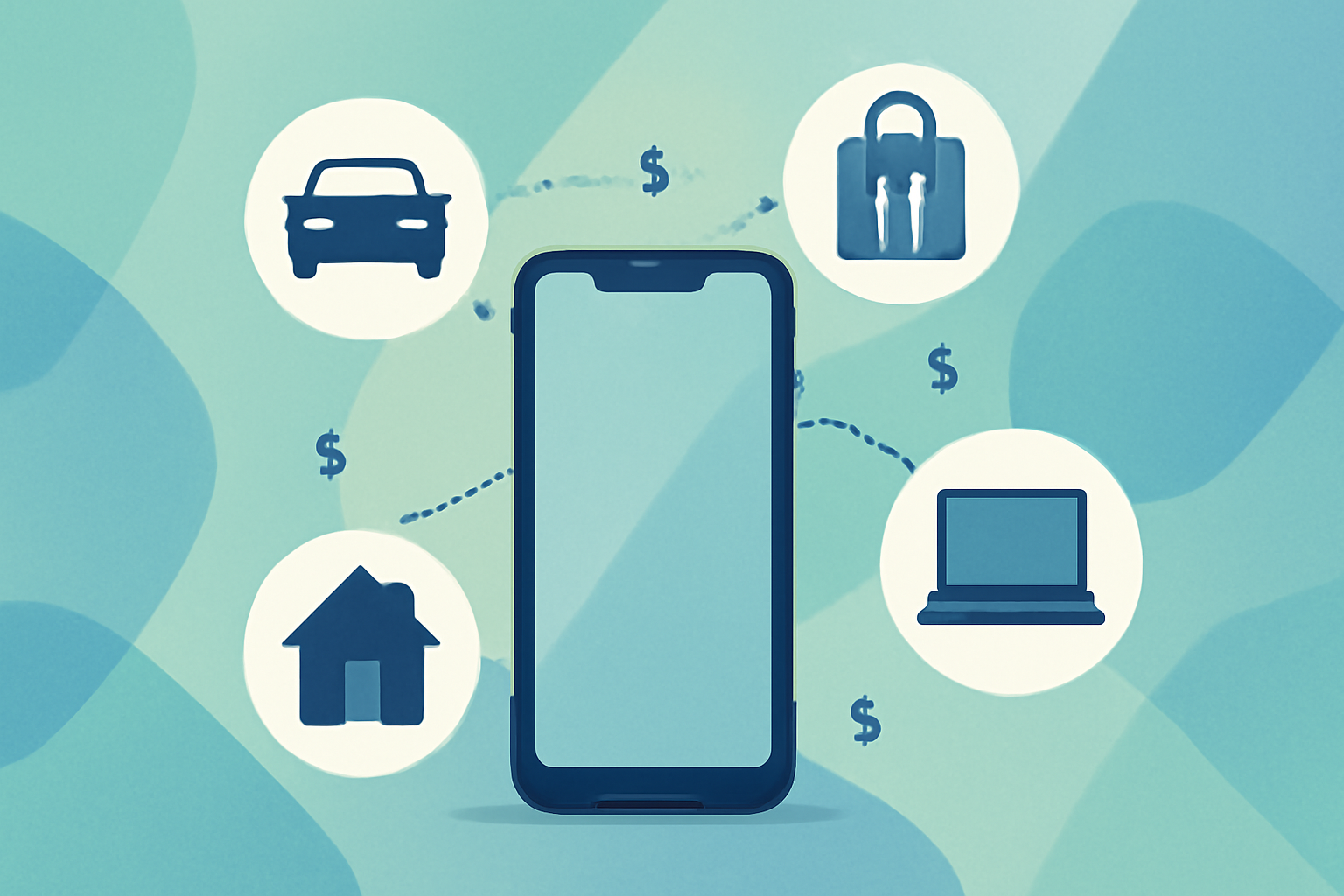
These platforms typically require just a background check, basic equipment, and your time.
DoorDash, Instacart, and UberEats have become household names for a reason—they’re incredibly accessible. With DoorDash, you can start delivering food in as little as a week after signing up. The beauty of these platforms is their flexibility; work only when you have time available. Many drivers report earning $15-25 per hour during dinner rushes, making these services perfect for evening work after your main job.
“I started delivering for UberEats three nights a week after my office job. The extra $600 monthly covers my car payment and then some,” says Michael, a marketing coordinator who began delivering six months ago.
Ridesharing through Uber and Lyft offers another straightforward option. If your car meets their requirements, you can drive passengers during peak hours—Friday and Saturday nights typically yield the highest earnings. Weekend morning airport runs can also be quite profitable with minimal competition.
For those who prefer variety, TaskRabbit and Thumbtack connect you with people needing help with everything from furniture assembly to yard work. These platforms let you set your own rates and choose only the jobs that interest you. Many taskers charge $25-50 per hour depending on the service and location, making this a lucrative way to monetize skills you already possess.
Leveraging Your Home as an Income-Generating Asset
Your living space might be your most underutilized resource for generating extra cash. Airbnb and VRBO have made it simple to rent out spare bedrooms or even your entire home during vacations. Hosts in urban areas or near tourist destinations often earn $500-1,500 monthly from a single spare room.
Don’t have a guest room? Consider these alternatives:
Platforms like Neighbor and StoreAtMyHouse let you rent unused space in your garage, basement, or attic for storage. Urban dwellers will pay $50-200 monthly for secure storage space—passive income that requires minimal interaction after initial setup.
If you live near a stadium, concert venue, or in a downtown area with limited parking, your driveway or dedicated parking spot can bring in $10-30 daily through apps like SpotHero or JustPark.
Providing Virtual Services From Home on Your Schedule
The virtual service industry has exploded, creating countless opportunities to earn extra income from your couch. Online tutoring platforms like VIPKid, Chegg, and Wyzant connect knowledgeable individuals with students needing help. Tutors typically earn $15-26 hourly, with specialized subjects commanding higher rates.
Many companies now hire remote customer service representatives for evening and weekend shifts. These roles often provide training, equipment, and hourly compensation ranging from $13-20, making them perfect for after-hours work.
Transcription services like Rev pay per audio minute transcribed, allowing you to work as little or as much as you choose. While starting rates hover around $0.30-0.60 per audio minute, experienced transcriptionists can earn $15-25 hourly as they gain speed and accuracy.
Maximizing Earnings While Minimizing Time Investment
To truly optimize your gig economy earnings, strategic scheduling is essential.

Food delivery apps pay premium rates during meal rushes (lunch: 11am-1pm, dinner: 5pm-8pm). Rideshare drivers earn most during “surge” periods like weekend nights and event endings.
Many successful side hustlers combine complementary platforms—delivering food during dinner rushes, then switching to rideshare when bars close. This approach eliminates downtime and maximizes earnings per hour worked.
Track your hourly earnings across different platforms and time slots. After two weeks, you’ll spot clear patterns, allowing you to focus exclusively on your most profitable opportunities and truly maximize your extra income potential.
Creating a Sustainable Side Income Strategy That Works for You
Assessing Your Available Time, Skills, and Income Goals
Starting your journey to earn extra income begins with a clear-eyed assessment of your current situation. First, conduct a weekly time availability audit by tracking your activities for a full week. Note when you’re working your main job, handling family responsibilities, and the hours you spend on leisure. Those pockets of unused time—maybe early mornings, evenings, or weekends—represent your potential side hustle window.

Be brutally honest during this audit. Many people overestimate their available time and quickly burn out. If you realistically only have 5-7 hours weekly, acknowledge that limit and choose side hustles that fit within it.
Next, match income methods to your personality and existing skills. Are you detail-oriented and analytical? Data entry, bookkeeping, or editing might align well. Creative and expressive? Content creation, design work, or teaching could be your path. The most sustainable side hustles leverage what you’re already good at and enjoy doing.
Finally, set specific, incremental income targets with timelines. Instead of vague goals like “make more money,” try “earn an extra $200 monthly within 90 days.” This specificity makes your progress measurable and your goals achievable. Start small—success builds confidence and motivation for expansion.
Combining Multiple Income Streams for Maximum Stability
Smart side hustlers rarely put all their eggs in one basket. Balance active income (like freelancing) with developing passive income streams. While freelancing brings immediate cash, passive options like digital products build over time, eventually requiring less ongoing effort.
Consider seasonality when planning your income mix. Some side hustles boom during holidays (crafting, retail) while others peak in summer (outdoor services, tourism-related work). By diversifying across different seasonal patterns, you can maintain steady income throughout the year.
Aim to develop at least 2-3 different income streams that don’t rely on the same platforms, clients, or skill sets. This reduces your vulnerability if one source dries up. Maybe combine weekend delivery driving, weeknight online tutoring, and ongoing passive affiliate marketing from a blog—creating a safety net of diversified income.
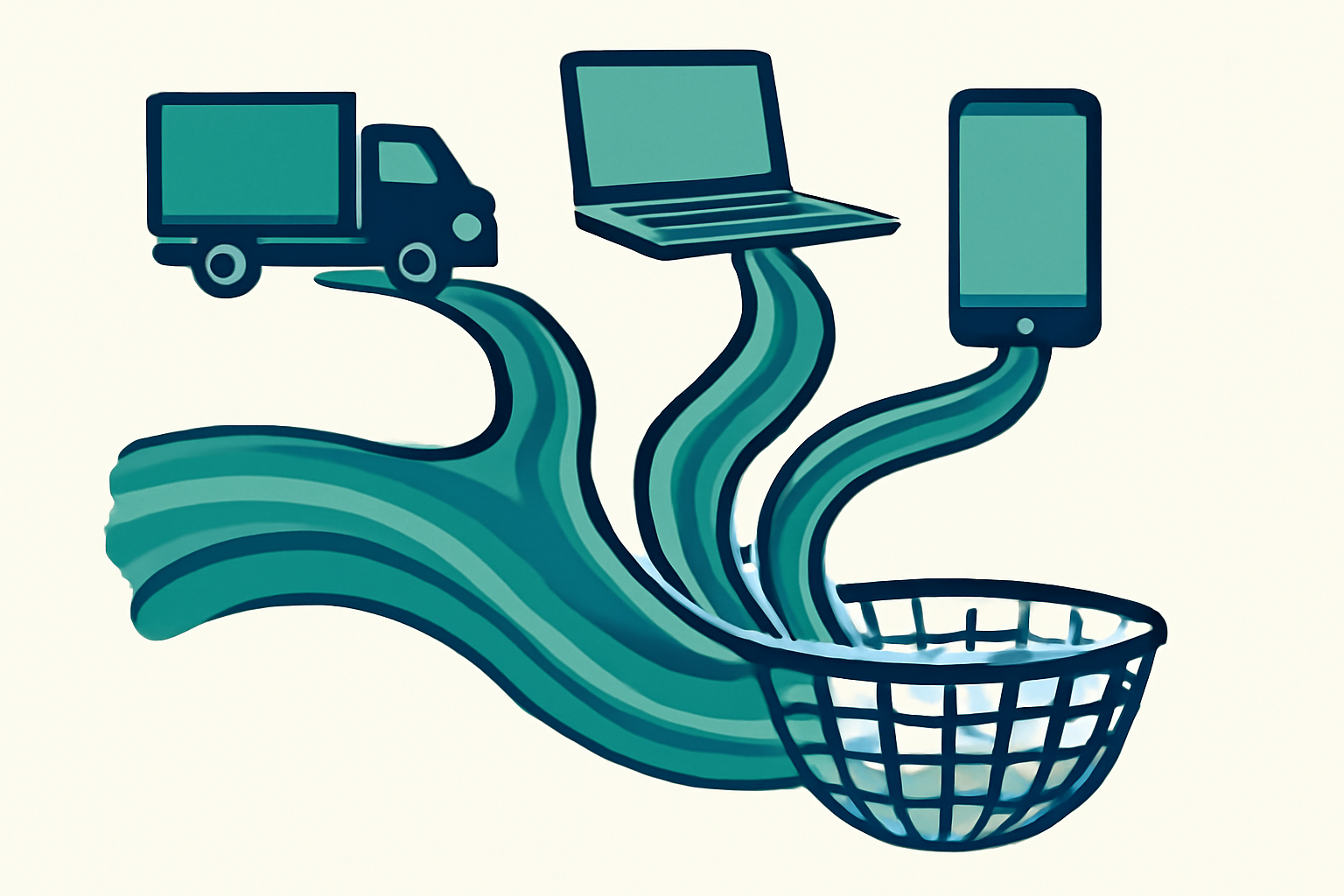
Avoiding Burnout: Sustainable Pacing and Work-Life Balance
Watch for warning signs of overextension: declining quality of work, constant fatigue, irritability, decreased enjoyment of activities you once loved, or physical symptoms like headaches and insomnia. These red flags signal you’re pushing too hard.
Protect your primary job performance by scheduling side hustle work far from important work deadlines or presentations. Use time blocking to create clear mental separation between your main job and side projects.
Establish firm boundaries by designating certain days or times as completely “off-limits” for any income-generating activities. Maybe Saturdays are exclusively family time, or evenings after 8 PM are reserved for relaxation. These boundaries prevent your side hustle from consuming your entire life.
Scaling Up: Transitioning from Extra Income to Potential Career Path
Pay attention to key indicators that your side income could become your primary source: consistent monthly revenue that approaches 50-75% of your current salary, steadily increasing client demand, and genuine enjoyment of the work.
Focus on building systems that reduce your active time requirement. Document processes, create templates, consider hiring help for repetitive tasks, and leverage automation tools. A scalable side hustle eventually becomes less dependent on your direct time input.
Before considering any job transitions, hit these financial benchmarks: establish an emergency fund covering 6-12 months of expenses, eliminate high-interest debt, and maintain your side income at or above your current salary for at least 6 consecutive months. This financial cushion makes the leap less risky and more sustainable.
